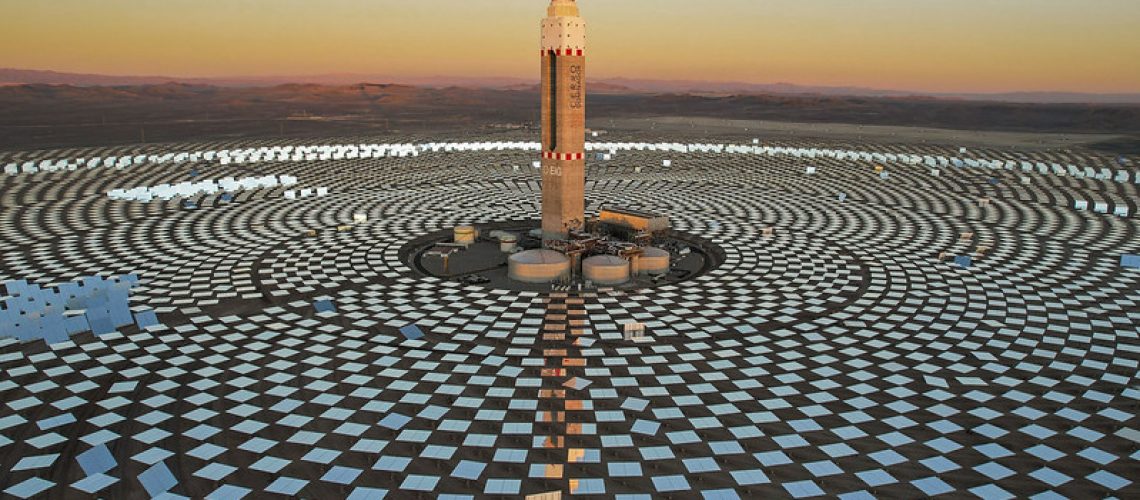Source: revistaei.cl
BY: ACSP, APEMEC y Consejo Geo Térmico Asociaciones Gremiales
The urgency of mitigating the impact of climate change is global and, within the priority actions for the international community, is to reduce the emission of greenhouse gases (GHG). In this situation, it is especially important to reduce emissions from the energy sector, since it represents 70% of total emissions. However, the energy transition should consider strategic decisions that recognize the capacity of renewable and stable energies to guarantee a greener and safer electrical matrix.
It is estimated that Chile has a capacity 70 times greater than the current installed capacity of the National Electric System. In fact, in less than 10 years the marketing quota of 20% required by our current legislation has been exceeded, reaching 29%. Currently, Congress is discussing the bill that promotes the participation of renewable energies in the energy matrix (Bulletin 14,755), proposing to increase this quota to 60% by 2030.
We have a solid footing from which to build this transition, and the bill is moving in the right direction to achieve it. However, various actors have alerted that, as there is a continuous demand for energy and time slots in which it is greater, variable renewable energies, by themselves, would not cope with this important challenge, where it is urgent that regulatory incentives tend to incorporate cost-efficient renewable energy, with attributes of inertia and flexibility.
The concept of inertia, which refers to the robustness of the electrical system to resist fluctuations in energy supply and demand and flexibility, lies in the ability to deliver energy at all times. Not considering these necessary attributes for the decarbonization of the matrix will imply delaying the required investments and extending the dependence on polluting energies. It is, therefore, key for this initiative to achieve its purpose to target the incentives required to provide our country with a sustainable energy matrix that is stable and ensures its proper functioning.
The signatory associations of this column are convinced that the law should consider stable renewable energy quotas, that is, those that have a synchronous generation process that allows them to provide inertia to the system, such as concentrated solar power, hydroelectricity and geothermal. Said percentage must be broken down and specified according to the inertia needs required to support the participation of variable renewable energies. The foregoing is especially relevant in the hourly blocks in which the National Electric System is most demanding.Thus, encouraging the participation of stable renewable energies through a quota of green inertia that recognizes the progressive replacement of polluting sources, especially during the most demanding hours, not only demonstrates our country’s commitment to combat the effects of climate change, but also it also means guaranteeing independence and green security in the energy matrix.

